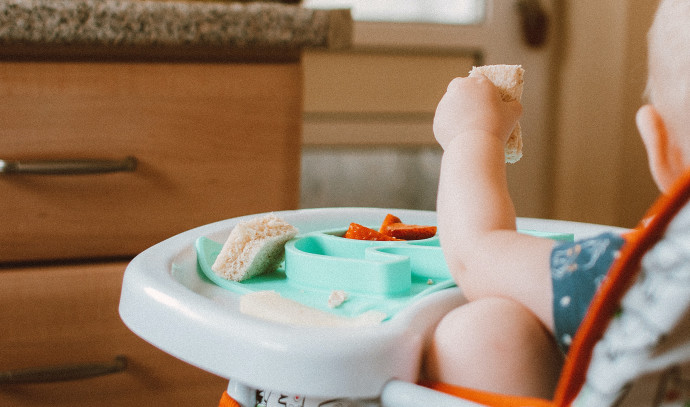A six-year-old boy from Ashdod was hospitalized in critical condition on Saturday at Asuta Hospital in the city after choking on a jelly bean.
The incident occurred while the child was out with his mother on one of the city streets, eating the candy. Suddenly, he began to choke and lost consciousness. A Magen David Adom (MDA) team, alerted to the scene by passersbys, performed resuscitation efforts but was unable to dislodge the candy.
Only at the hospital were the doctors able to remove the jelly bean and the child began to regain full respiration. The doctors stabilized his condition, and he was admitted to the Pediatric Intensive Care Unit while sedated and intubated.
According to data from the organization Beterem, choking the is the third leading cause of death in children due to injuries and most choking cases are caused by food.
The data also reveals that in home environments, nearly half (49.6%) of infant deaths under the age of one are the result of choking.
Dr. Moshe Yosef, a specialist in pediatric medicine at Meuhedet, explains how we can be cautious and prevent choking in infants and children and what we should do if such an incident occurs.
“Foreign body choking is a leading cause of illness and death in children, especially under the age of 4. Infants and toddlers are more prone to choking due to their narrower airways compared to adults, their underdeveloped chewing mechanism and their cough reflex, which is not strong enough to effectively expel food or an accidentally aspirated object,” Dr. Yosef explains. “When a small object or food is aspirated into the airway, it blocks the entry of air and can quickly lead to a choking condition.”
According to him, “the majority of choking cases are caused by food, such as fresh vegetables and fruits, nuts, sausages, hard candies and chewing gum, but there is also a danger from other foreign objects such as rubber balloons, small toys, magnets and jewelry.”
How can we protect infants and children from choking?
– The best way to deal with choking is prevention. During feeding, make sure the infant/toddler is seated next to the table under adult supervision and is not engaged in other activities that may distract them.
– Round foods like grapes, cherry tomatoes and sausages should be cut lengthwise.
– Fresh vegetables and fruits should be cut into pieces appropriate for the child’s ability.
– It is strictly advised to avoid giving nuts to children under the age of 5, unless they are finely ground.
– Maintain a safe play environment and make sure to keep small toys away from infants and toddlers, especially.
If, nevertheless, a choking incident occurs, it is important to know how to handle it:
1. Do not attempt to remove the foreign object by inserting your finger into the mouth unless the foreign object is protruding outward.
2. For infants under one-years-old, place the baby face-down on your forearm with their head lower than their body and deliver five back blows between the shoulder blades. If the foreign object does not come out, turn the baby onto their back and perform five chest thrusts using two fingers at the center of the chest. If the foreign object still does not come out, immediately dial 101 and call an ambulance.
Continue with cycles of back blows on the shoulder blades and chest thrusts until the medical team arrives or until the foreign object is expelled.
3. In children over the age of one, instead of chest thrusts, use one clenched fist, wrap your other hand around it and perform inward and upward abdominal thrusts (Heimlich maneuver) until the foreign object is expelled or until the emergency medical team arrives.
4. If the foreign object is not removed and the child is not breathing and unresponsive, start CPR (cardiopulmonary resuscitation).



